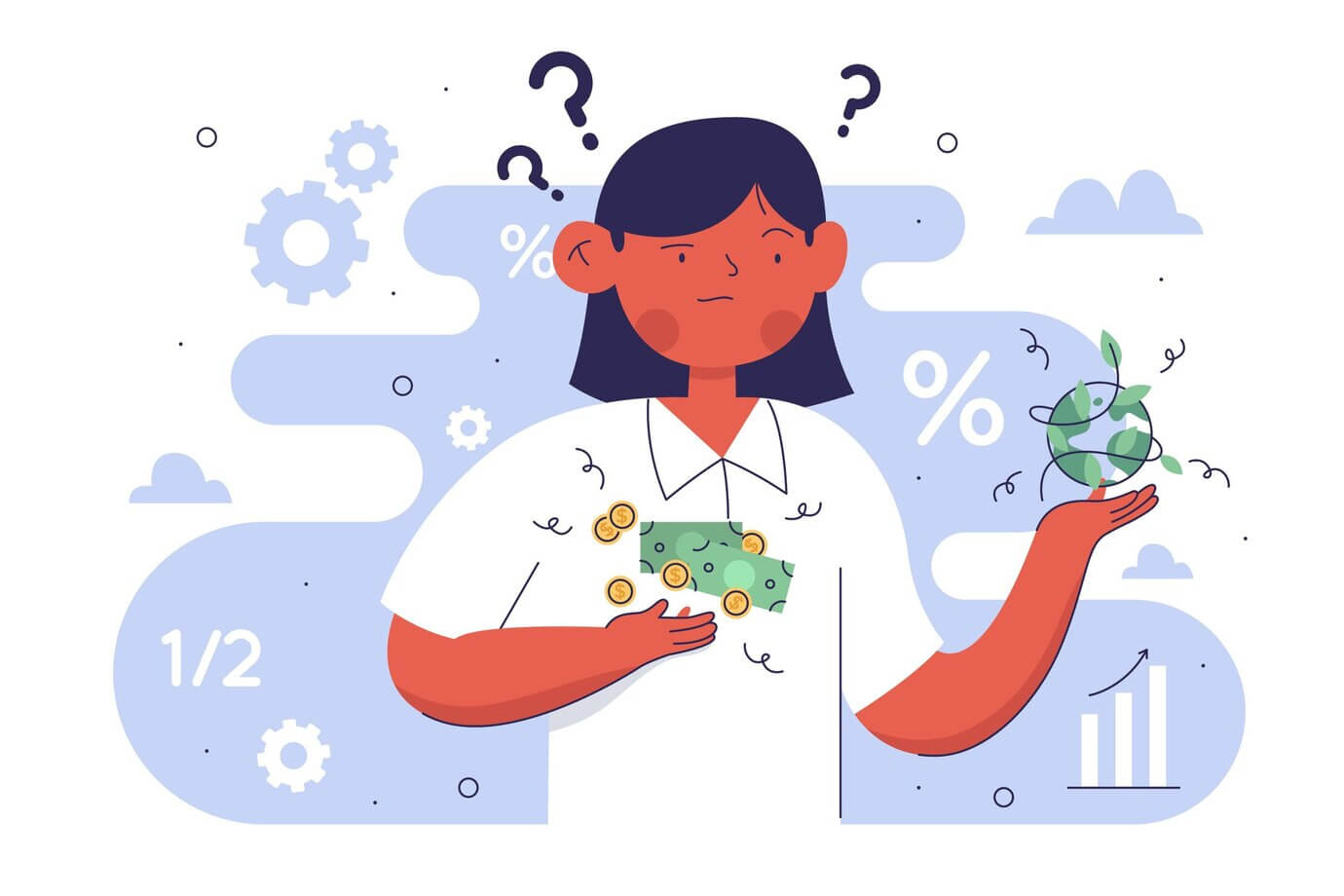In the nuanced world of business transactions, the presentation of an invoice can be just as crucial as the quality of the product or service rendered. A strategic approach to invoicing, one that incorporates established psychological pricing strategies, can drastically enhance the likelihood of timely payments as well as improve overall customer satisfaction.
This article delves into the cognitive mechanisms at play, such as anchoring, charm pricing, and the judicious use of discounts, and examines how they can be effectively applied to the art of billing. By understanding the underpinnings of these strategies, businesses stand to gain not just financially but also in terms of fostering stronger relationships with their clientele.
Outlining the Key Psychological Pricing Strategies
The Anchoring Effect in Pricing
The anchoring effect is a cognitive bias that describes the human tendency to rely heavily on the first piece of information offered (the “anchor”) when making decisions. In the context of invoicing and pricing, this phenomenon can be leveraged by initially presenting a higher list price before any discounts or adjustments are applied.
This technique sets a reference point in the customer’s mind, which can influence their perception of the subsequent price they actually pay. Effective use of the anchoring effect can lead customers to perceive greater value in an offer – for example, seeing a substantial discount from a high anchor can create a sense of obtaining a favorable deal.
Businesses can utilize this strategy not only to influence immediate perceptions of value but also to set the stage for future transactions, as the initial anchor can impact long-term expectations and willingness to pay.
Charm Pricing
Charm pricing is a psychological pricing strategy that involves setting prices just below a round number, often ending in .99 or .95, to create the illusion of a better deal. At a glance, a price of $199.99 can be perceived as significantly less than $200.00 due to the way individuals process numbers, giving customers the impression that they are spending less, while the actual difference is minuscule.
This form of pricing takes advantage of the left-digit effect, where the leftmost digit disproportionately affects the perception of the entire number. As such, invoices that incorporate charm pricing can subtly sway customer judgment, making them more likely to perceive the services or products offered as more affordable, and might even increase the likelihood of purchase or prompt payment.
When used judiciously, charm pricing becomes a powerful tool in a business’s arsenal to enhance the attractiveness of its invoices without altering the true value of the offerings.
Strategic Discounting
Strategic discounting is a methodical approach to pricing that entails offering discounts with a clear rationale aimed at promoting certain business objectives. This tactic not only incentivizes timely payments but can also serve to increase purchase volumes or reward customer loyalty. When it comes to invoicing, two prevalent forms of strategic discounting are early payment discounts and volume discounts.
Early payment discounts are a win-win; they reward customers for settling their invoices before the due date, thereby improving a business’s cash flow. This discount can be positioned as a percentage of the total invoice amount and has the added benefit of encouraging a swift turnover of receivables. As a feedback loop, prompt payments can enhance a company’s financial stability and enable more competitive pricing in the future.
Volume discounts, on the other hand, are offered to customers who purchase in large quantities or exceed a certain spending threshold. This type of discount promotes larger orders, potentially increasing overall sales volume while conveying a sense of exclusivity and appreciation towards customers who contribute significantly to the business.
Bundling
The bundling strategy, also known as package pricing, involves offering multiple products or services together at a reduced price compared to purchasing each item individually. By creating bundles, businesses can leverage the consumer’s perception of obtaining greater value, which can be particularly effective when presented on an invoice breakdown.
Bundling can simplify the decision-making process for customers, as it packages the purchase into a single, more attractive offering.
This strategy is beneficial for both the seller and buyer. For businesses, it can increase the average transaction size, move inventory, introduce customers to new products, or promote items that are less known or harder to sell. For customers, bundles provide convenience and a feeling of getting more for their money.
This can often lead to quicker invoice settlements, as the perceived value of the bundle can justify the overall expense and prompt a more immediate payment response. In addition, bundling also helps streamline the billing process by consolidating multiple charges into a clear, unified package.
Enhancing Your Service Invoice Template for Better Business Outcomes
Enhancing your service invoice template can lead to substantial improvements in business outcomes, enhancing both the efficiency of your billing operations and the satisfaction of your clients.
A well-designed invoice template does more than just list charges – it communicates the value of your services, reinforces your brand, and facilitates prompt payment. To optimize your template, consider incorporating clear and concise item descriptions, consistent branding elements, and easy-to-locate payment instructions.
If you’re using invoicing software, take advantage of customization options to add your logo and brand colors, making your invoices instantly recognizable. Furthermore, integrating psychological pricing strategies within your invoice can subtly influence customer behavior.
For example, using charm pricing and strategic discounting within the template itself can entice earlier payments or larger purchases, as discussed in the preceding sections on pricing psychology.
In the realm of billing, clarity is king. Ensure your service invoice template categorically details all charges, discounts, and taxes to prevent confusion and reduce the likelihood of delayed payments due to clarifications.
Also, streamline the payment process by including multiple payment options and clear due dates to cater to client convenience. By refining your service invoice template with these strategies, you’re not only poised to improve cash flow but also to cultivate a professional image that instills confidence and loyalty among your customers.

